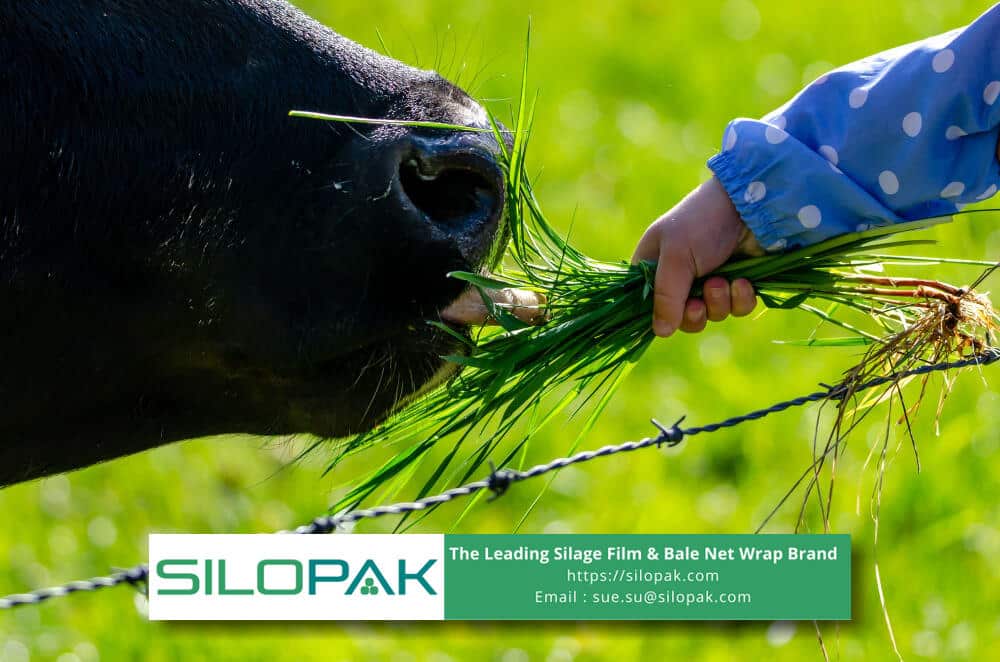
Husbandry with many livestock must be under good treatment. Guinea grass for cattle is one of the treatments that will benefit the cattle. Cattle are raised to give various products such as dairy products, meat, skin, etc. Other than this grass, there are a lot of fodders. Some farmers wonder if all fodder gives the same benefit.
However, everything in this world is created to be unique, with advantages and weaknesses. Each ingredient possesses its origin. Even two leaves with the same colors bring different nutrients. That is why there is no best or worst leaf.
contents
Guinea Grass for Cattle
Guinea grass for cattle is known to be a good food source. To reveal this kind of quality, we need to comprehend what inside this grass is. As the green color that it has (with a faint purple tint on the seed), there is so many quality of this plant.
Although sometimes green leaves do not refer to the benefit, it does in this plant. Any green plant commonly has crude fiber, and so does Guinea grass. About 31% of the crude fiber is in this grass. This seems to be quite a high number compared to the other kinds of grass that are devoted to fodder. The protein content is in the range of 8 to 10% of rough protein.
This plant belongs to the tall category. It can reach 3 to 4 meters. The leaf is complete with three qualities: long, flat, and broad. It also has a 1 cm midrib. Those make this plant good in quantity.
How to Cultivate Guinea Grass for Cattle
This perennial grass which is known as Megathyrsus Maximus (the scientific name) is fast growing. It grows well in India, Palestine, Yemen, and Africa (tropical areas). Although most areas are tropical, it actually can grow in various conditions.
The best land to grow this is arable land. It is important to avoid water-logged soil. The plant will not last long in puddles. A good drainage system is also required. The best irrigation for this beneficial grass is light.
Soil Treatment
If the farmers wish to have a special plantation for Guinea grass, they should prepare wide land. Since the leaves will be tall, a large area is highly recommended. Before planting seeds, the soil has to be plowed. The tools needed for this process are mouldboard. After that, harrowing will be the next step. Ensure the whole steps are done perfectly because the expert said that to grow this grass, the most important thing is the land for seed planting. The farmers could be a little relaxed when the plants have grown tall.
Seeds Treatment
The seeds have to be treated before use. Sulphuric acid is a substance to do a chemical treatment. It only takes ten minutes to in doing this. After that, the seeds are ready to be used. The amount of seeds that is suggested is a minimum of 6 kilograms (per acre) and a maximum of 8 kilograms (per acre).
Sowing Time
The ideal time for sowing is between March and May. To make the sowing process easier, a plow tool can be used. The technique of the sowing is broadcasting. The depth for each seed is 1 to 2 cm. Pay attention to the distance between the seeds. Give enough space so every seed will grow conveniently.
The step after the sowing process is the covering process. It needs a thin fabric to be placed on it to keep the moist level. The transplantation will be ready one month and five days after the seedling. If in that time it hasn’t been ready, wait for it for ten days more.
The Disease
An unfortunate accident can happen. This is what farmers are afraid of. A disease can attack the grass. Usually, it comes from the animal and the fungi around the plants. During the growing process, treatment has to be given. Fertilizer is one of them.
It makes the plant stronger to battle the disease from the inside. A problem like a leaf spot can be handled by spraying chemical compounds for the fungal problem. Repetition might need if the spot hasn’t gone.

Harvesting the Guinea Grass for Cattle
The cattle that crave this grass must be happy because, after about 55 days (since the sowing process), the plant is ready to be harvested. The interval of 55 days is only for the first time. After that, the interval is a little shorter. It is 20 days shorter, to the cattle can quickly enjoy the leaves again.
In making the fodder, the grass can be given as a single raw food or in a mixture with the other ingredients. But, to complete the nutrient intake for the cattle, it is advised to be mixed with the ingredients with high protein as we know that the protein in this grass is under 20%. Guinea grass for cattle will be a perfect complement to enrich the fodder’s quality.

